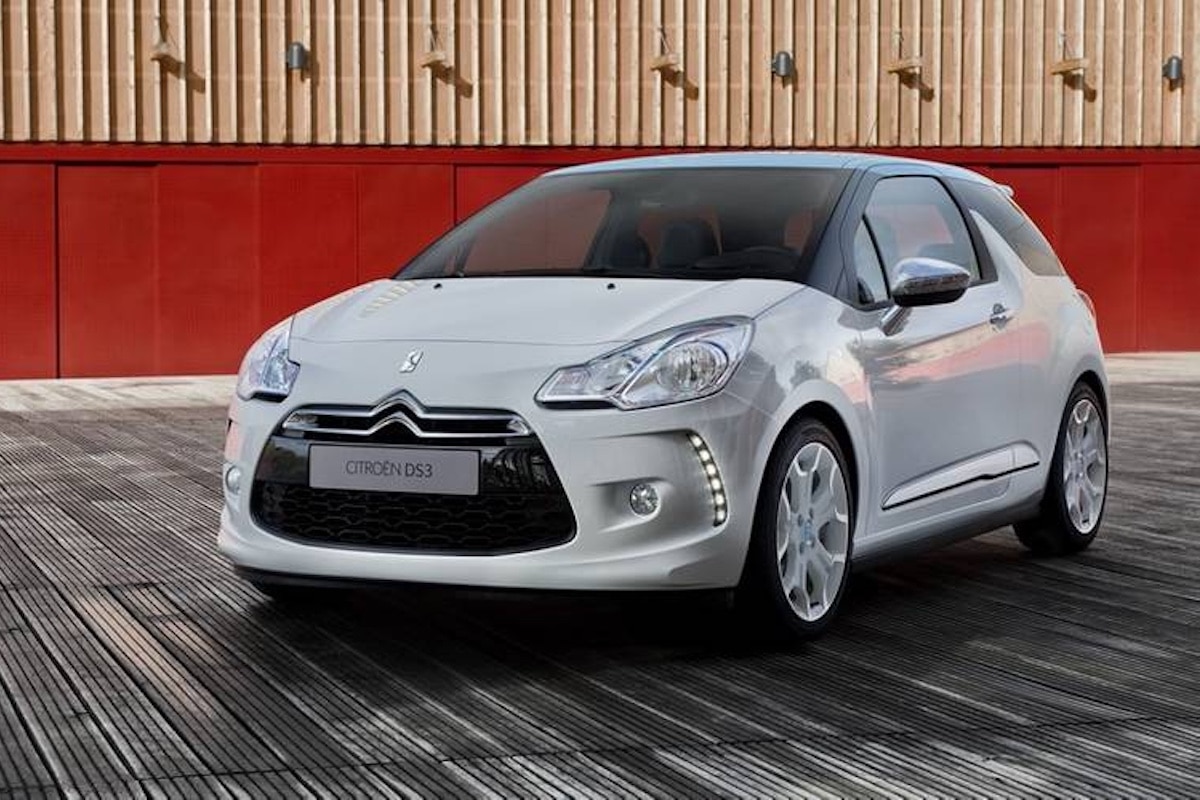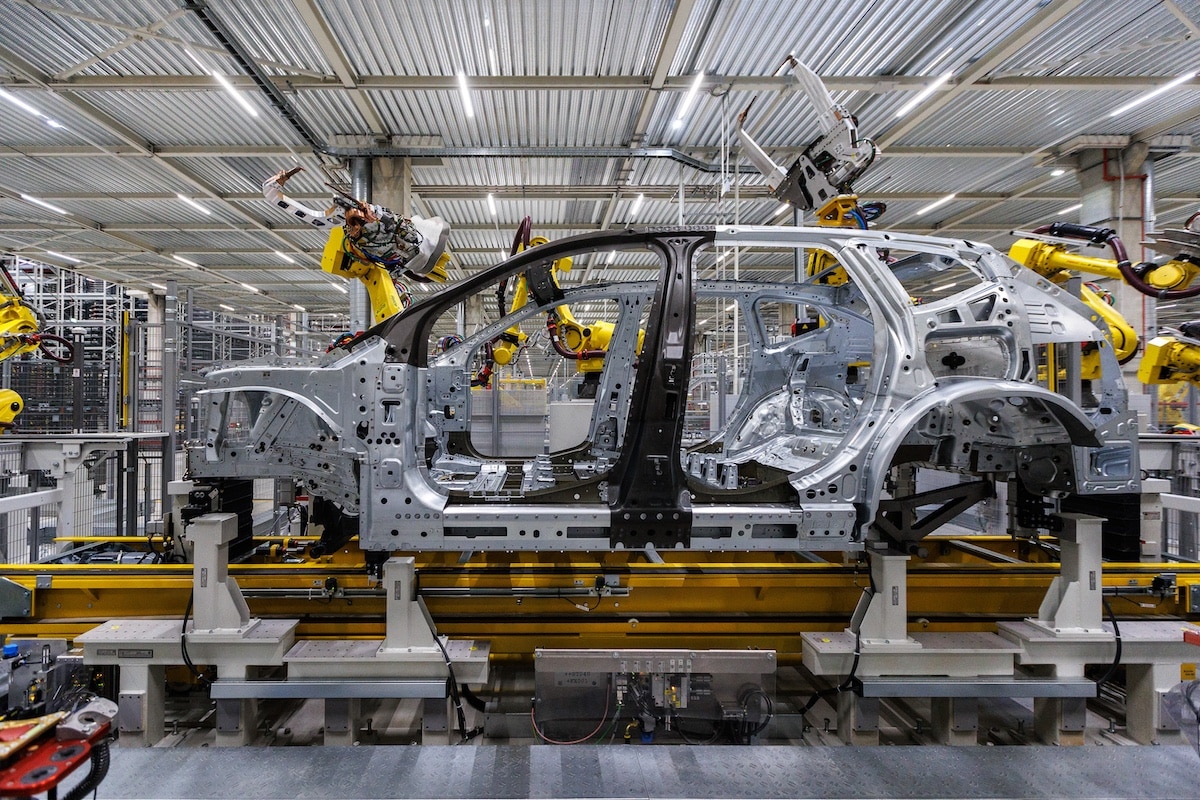Citroën Urgently Halts 240,000 C3 and DS3 Due to Dangerous Airbags
This page is translated from the original post "Citroën immobilise en urgence 240 000 C3 et DS3 à cause d’Airbags dangereux" in French.

Stellantis imposes a “stop-drive” procedure on 237,500 Citroën C3 and DS3 equipped with faulty Takata airbags.
Stellantis has announced a “stop-drive” procedure for 237,500 Citroën C3 and DS3 registered between 2008 and 2013 in northern France. Owners are urged to stop using their vehicle until the faulty Takata airbags have been replaced. To find out if your car is affected, a dedicated recall page is available on the Citroën website.
This measure comes after new tests conducted in Loire-Atlantique revealed degradation of the gas canisters of Takata airbags, a problem that was supposed to be resolved since the first recalls in 2024. This time, Stellantis has expanded the campaign to a larger part of French territory, specifying that nearly 400,000 vehicles, across all ranges, will be affected by June 2025.
Replacement operations take only about thirty minutes and are covered in the manufacturer’s workshops. Resources have been mobilized in Stellantis factories in Rennes, Poissy, and Mulhouse to speed up the process. Despite this, dealerships are under pressure to manage such an influx.
Braking at the sign too late?
While Citroën claims that the priority remains the safety of its customers, this desperate procedure raises questions. This massive recall poses a crucial question: why is this intervention coming so late? While Takata airbags have been the subject of global controversies for years, ongoing analysis of material conditions continues to reveal risks, forcing Stellantis to reassess its conclusions. This reactive approach seems out of step with the precautionary principle that has become the norm in our society.
In 2025, while the industry values predictive analysis tools and early audits, it is legitimate to question this culture of late decision-making. Can we still accept putting user safety at risk before acting, especially when technology and regulations aim to anticipate these issues? For Stellantis and the entire industry, this “stop-drive” could mark a turning point towards increased responsibility and a revision of practices to prevent rather than cure.
ALSO READ: Stellantis finally realizes that there is a Puretech scandal
We also suggestthese articles:
Also read




